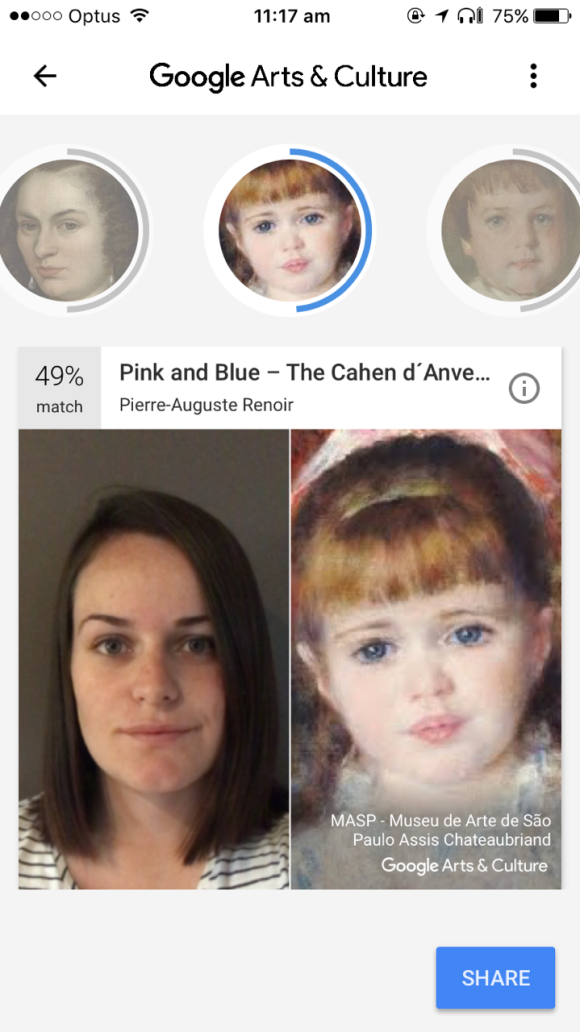There are so many reasons why we would or could include technology and the reasons that we may hear will be different because of the nature of different teaching styles or pedagogy.
Alan November discusses the learning opportunities provided by technology in a classroom. He notes that technology mostly is used in schools to get information, but he suggests that it could and should be used as a tool to start a global conversation between students, and teachers alike to globalise the curriculum.
He also discusses the fact that we want students to become lifelong learners. This aligns with my personal beliefs. The internet and technology, when taught correctly provides students with the skills to become those lifelong learners.
November does however argue that because of the accessibility to technology, a spike in plagiarism has been the result. He also argues that because of this accessibility to technology and the internet, a loss of critical thinking skills has been the result. (November, 2015)
The use of technology in classrooms, in my opinion creates a space for students to learn HOW to learn, and places importance of student based learning rather than teacher based learning. In the coming decades, the students of todays classrooms will be learning and discovering more about the world than any teacher in this day and age could ever teach them. Therefore, teaching about the ethics of technology and its place in society in the classroom setting sets the students up for a more realistic education than one which they get “Chalk and talk” learning experiences.
I believe that I am a digital immigrant. Although I am nearing 22 years old, I have grown up with skills to learn how to develop my own technological skills. As a new, young teacher going into classrooms, I understand that there will be many attitudes and experiences of technology and to cope with these, I believe that positive exposure is the best way to do so.
 < Google arts & culture app featuring me.
< Google arts & culture app featuring me.